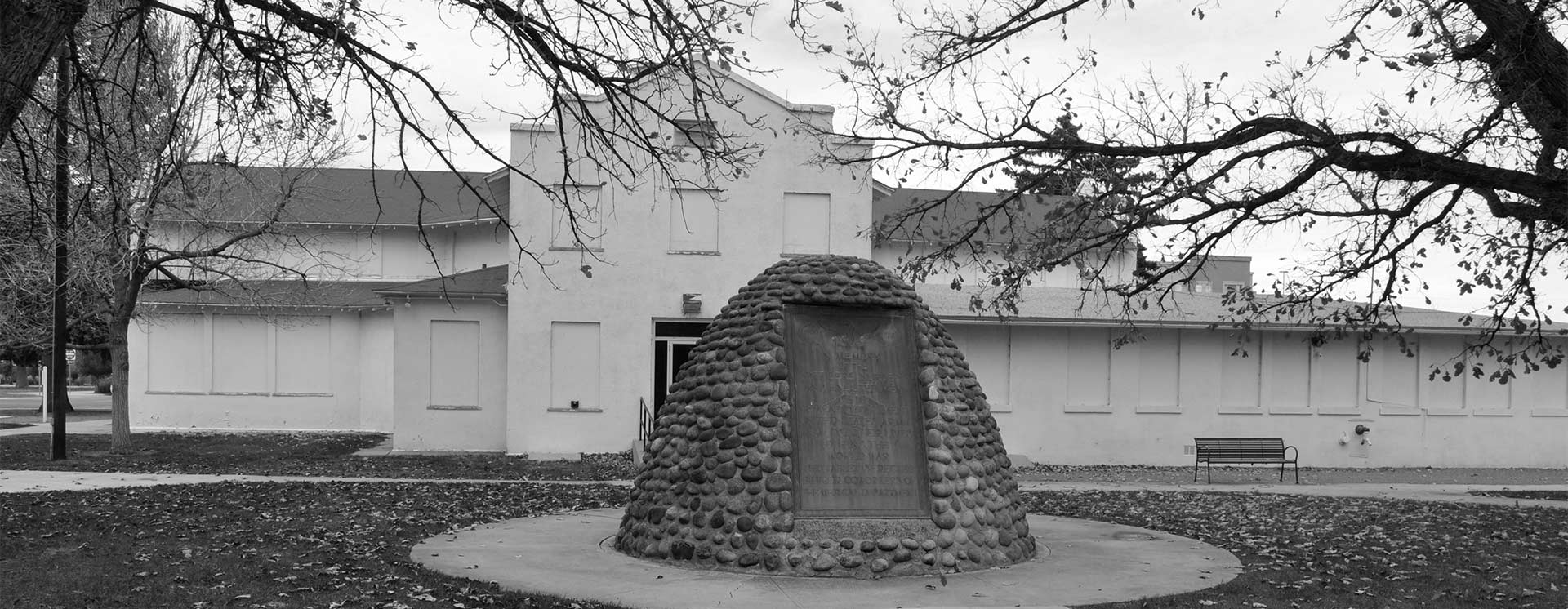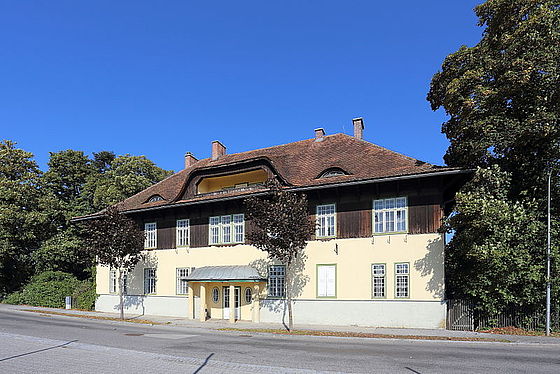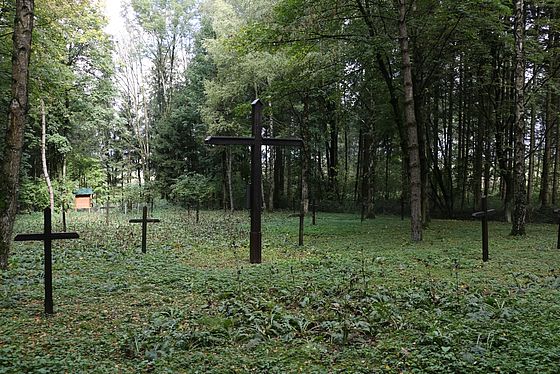
World War One Sites - The NETWORLD Database
Commando building and main building of the POW camps in Valley Erlauftal: camp Wieselburg, camp Purgstall and station for captive officers Mühling in Lower Austria, Austria
The commando building or main building of the Wieselburg POW camp is a two-storey timber frame construction on a walled base from the year 1915. Today it is used as a domestic house.
The still existing buildings in Purgstall and Mühling feature a less complex architecture.
Austria, Lower Austria
Type of WWI-heritage
- POW-camp
- Military Infrastructure
Dimensions
The Wieselburg POW camp is a two-storey timber frame construction on a walled base from the year 1915.
State of repair/preservation
The commando building at Wieselburg is privately owned and is currently undergoing refurbishment.
The other buildings in private ownership must still be renovated.
Historical WWI Context
Differing specifications exist for the Habsburg Empire, but it is assumed that more than two million soldiers were in the custody of Austro-Hungary during World War One. Classified according to nationalities, the largest group of enemy soldiers consisted of Russians (around 1.27 million), followed by Italians (around 370,000), Serbians ( approximately 155,000) and then Romanians (around 53,000). The number of prisoners from Montenegro, Albania, Great Britain, the USA and France were relatively low. Not counting the Lower Austrian camp for officer prisoners in Mühling in Erlauftal, 16 POW camps (main camps) were constructed from 1914 onwards in the Austrian regions of Lower Austria, Upper Austria, Salzburg and Styria.
The camp and the station in Erlauftal were in operation from the date of their construction in 1915.
The station for officer-ranked prisoners in Mühling consists of an area of five hectares with 30 buildings for 300 prisoners. Here the famous painter Egon Schiele conducted his military service and several of his artworks were created at the location.
More than 80,000 prisoners of war and guard soldiers lived from 1915 to 1918 in large camps in the Lower Austrian municipalities of Wieselburg and Purgstall. The camp at Wieselburg, constructed on 102 hectares, was designed for 64,000 persons but was only constructed to hold a maximum of 57,000 men. Ranging from barracks to commando building the complete camp consisted of 684 individual buildings. The Purgstall POW camp was distributed across 361 buildings on 46 hectares. 24,500 war prisoners and soldiers were intended to be accommodated here.
Recent Images
Historical Images




State of legal protection
The commando building in Purgstall und Mühling are not under protection. The commando building in Wieselburg was placed under heritage protection several years ago.
Owner
The commando buildings of the former Wieselburg and Purgstall camps and the officer station at Mühling are privately owned.
Kind of cultural use of WWI
As part of the four-kilometre long “Path of Peace” theme route, the Purgstall camp cemetery was opened up for visitors in 1998.
A continuous exhibition at the Erlauftal Fire Brigade Museum in Purgstall informs visitors about the history of the POW camp in Erlauftal.
Further information:
Erlauftaler education circle: www.erlauftalerbildungskreis.at
Erlauftal Fire Brigade Museum: museum.ff-purgstall.at
Opening
Further information:
Erlauftaler education circle: www.erlauftalerbildungskreis.at
Erlauftal Fire Brigade Museum: museum.ff-purgstall.at
Entrance Fee
Further information: Erlauftaler education circle: www.erlauftalerbildungskreis.at
Information regarding cities, villages, other touristic attractions (non-WWI) nearby
Further information:
Erzherzog-Franz-Ferdinand-Museum Artstetten: www.schloss-artstetten.at
Museum of the Erlauf peace community: www.erlauferinnert.at
Stift Melk: www.stiftmelk.at
Accomodation
Public Transport
Further information:
ÖBB: www.oebb.at
Further information sources
Publicationen:
Verena Moritz & Hannes Leidinger, Zwischen Nutzen und Bedrohung. Die russischen Kriegsgefangenen in Österreich 1914–1921, Bonn (2005).
Franz Wiesenhofer, Gefangen unter Habsburgs Krone. K.u.k. Kriegsgefangenenlager in Erlauf, Purgstall (1997).
Movies:
Albert Ottenbacher & Franz Wiesenhofer, Gefangen unter Habsburgs Krone. Dokumentarfilm über die k.u.k. Kriegsgefangenenlager im Erlauftal.
Albert Ottenbacher & Franz Wiesenhofer, Die Russen. Dokumentarfilm über die k.u.k. Kriegsgefangenenlager im Erlauftal.
CD-ROM:
Franz Wiesenhofer, Gefangen unter Habsburgs Krone. K.u.k. Kriegsgefangenenlager im Erlauftal (1998).
Other heritage sites nearby
Museums Private Collections
The Erlauftal education circle is dedicated to historic reappraisal of the Lower Austrian district of Scheibbs. New projects are continuously being initiated such as exhibitions, books and films, and learning support for lessons is being developed. One example of this is the initiative for a four-kilometre long “Path of Peace” leading across the site of the former Purgstall POW camp and including the camp cemetery.
Further information:
Erlauftal education circle: www.erlauftalerbildungskreis.at
Erlauftal Fire Brigade Museum: museum.ff-purgstall.at
Commando building and main building of the POW camps in Valley Erlauftal: camp Wieselburg, camp Purgstall and station for captive officers Mühling in Lower Austria, Austria
48.13009876024137 15.148464789146942 fileadmin/res/images/layout/standar-marker.pngLocation



